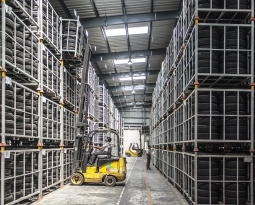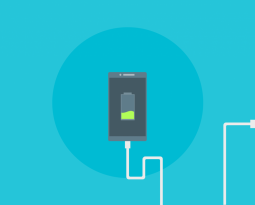Oregon Patent of the Month – April 2024
VisCardia Inc., a privately held medical device developer in Portland, Oregon, has been granted a patent for a new implantable device aimed at improving the cardiac system. Their apparatus, designed to affect pressure in the intrathoracic cavity through asymptomatic diaphragm stimulation (ADS) therapy, offers a promising solution for patients with cardiac issues.
At the heart of VisCardia’s innovation lies a sophisticated system comprising electrodes placed strategically on or near the diaphragm, along with a controller tasked with delivering ADS therapy. This therapy consists of a series of ADS pulses, each meticulously defined by specific stimulation parameters. What sets this therapy apart is its ability to induce transient, partial contractions of the diaphragm without causing discomfort or disruption to the patient.
VisCardia’s apparatus offers a range of therapy options tailored to individual patient needs. Whether it’s a dual-pulse therapy synchronizing with the cardiac cycle, a paired-pulse therapy maximizing the effects of diaphragmatic contraction, or a multiple-pulse therapy adjusting to the patient’s heart rate, versatility is key to its effectiveness.
But VisCardia’s innovation doesn’t stop there. The apparatus is equipped with advanced sensing capabilities, including electromyography (EMG) for monitoring diaphragmatic muscle activity. By periodically assessing EMG signals and comparing them to baseline activity, the controller can make real-time adjustments to therapy parameters, ensuring optimal effectiveness while minimizing risks.
Furthermore, the integration of composite electrocardiogram (ECG)/EMG signals enables precise coordination between cardiac events and ADS therapy delivery. This synchronization enhances the therapeutic benefits while maintaining patient safety.
VisCardia’s commitment to patient well-being is evident in the apparatus’s design. With features like suspended therapy delivery during parameter adjustments and automatic transition between activated and deactivated states based on signal consistency and noise levels, patient safety remains paramount throughout the treatment process.
Are you developing new technology for an existing application? Did you know your development work could be eligible for the R&D Tax Credit and you can receive up to 14% back on your expenses? Even if your development isn’t successful your work may still qualify for R&D credits (i.e. you don’t need to have a patent to qualify). To find out more, please contact a Swanson Reed R&D Specialist today or check out our free online eligibility test.
Who We Are:
Swanson Reed is one of the U.S.’ largest Specialist R&D tax advisory firms. We manage all facets of the R&D tax credit program, from claim preparation and audit compliance to claim disputes.
Swanson Reed regularly hosts free webinars and provides free IRS CE and CPE credits for CPAs. For more information please visit us at www.swansonreed.com/webinars or contact your usual Swanson Reed representative.

















